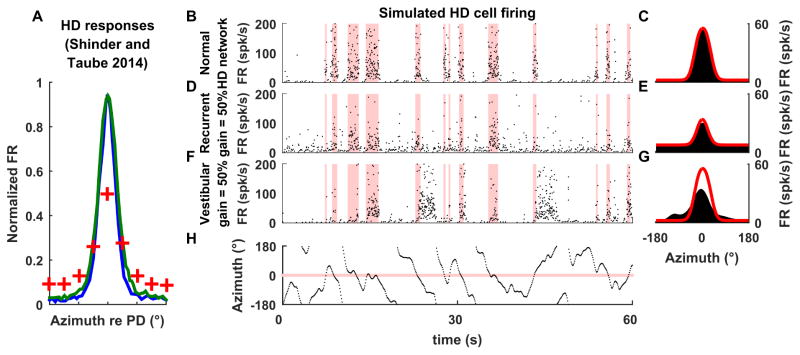Figure 3. Restraint-dependent firing properties of HD cells.
(A) Neuronal activity in HD cells reported in Shinder and Taube (2014a) when the animal moves freely (blue), is restrained and rotated rapidly (green) or restrained and placed at various static orientations (red crosses). (B–H) Simulated responses of a ring attractor cell under three conditions (B,C) when the unrestrained animal moves actively and freely, thus the attractor operates normally, (D, E) when recurrent connection strength is decreased by 50% (but self-motion velocity input remains the same), and (F, G) when the self-motion input gain that drives the ring attractor is decreased by 50% (but recurrent connection strength remains the same). Panels on the left illustrate simulated spiking activity (instantaneous firing rate). Pink bands indicate when head direction is within 30° of the cell’s PD. Panels on the right illustrate tuning curves reconstructed from the simulated firing on the left panels (black) or from simulations where the animal is placed statically in various orientations (red). Simulations are based on the model of Stringer et al. (2002); see Suppl. Methods. Note that when the animal moves freely, sharp bursts of firing occur when the head faces the cell’s PD, and the cell is nearly silent otherwise. When recurrent connection strength is reduced by 50% (D,E), the simulated model cell exhibits a higher background firing rate and lower modulation. When the gain of the self-motion velocity input signals is reduced by 50% (F,G), the activity in the HD attractor drifts relative to actual head direction. Thus, the cell’s burst of activity coincide only occasionally with the cell’s PD. (H) Motion profile used in the simulations in B,D,F.

